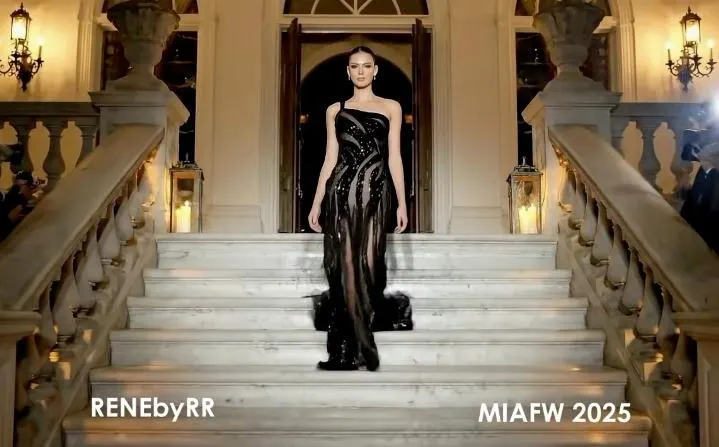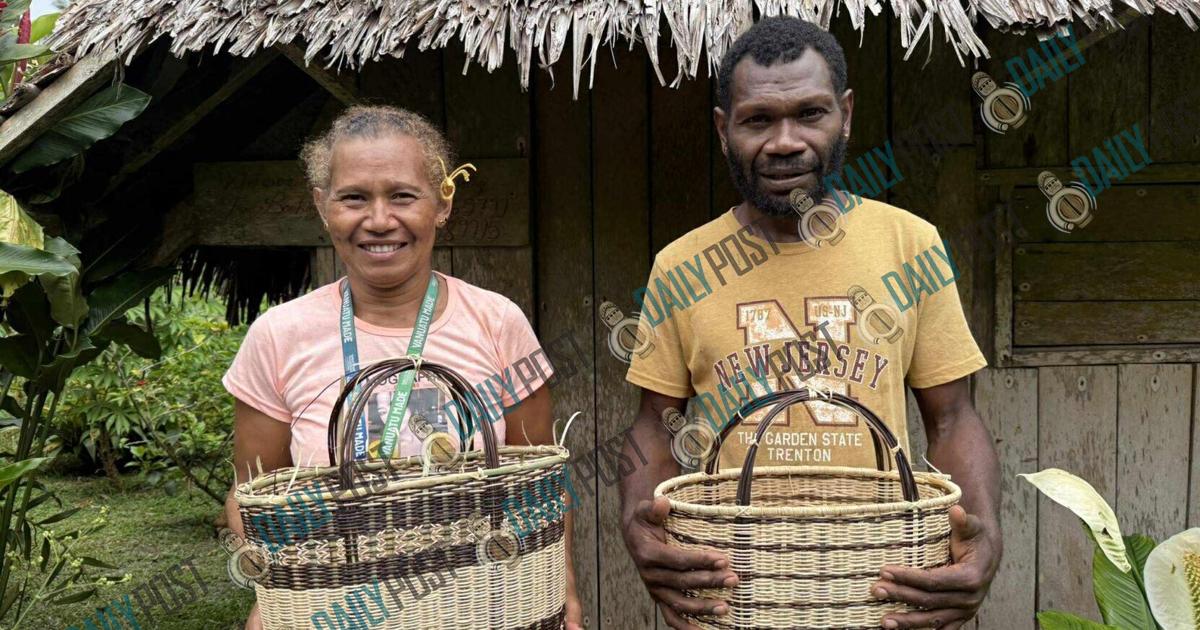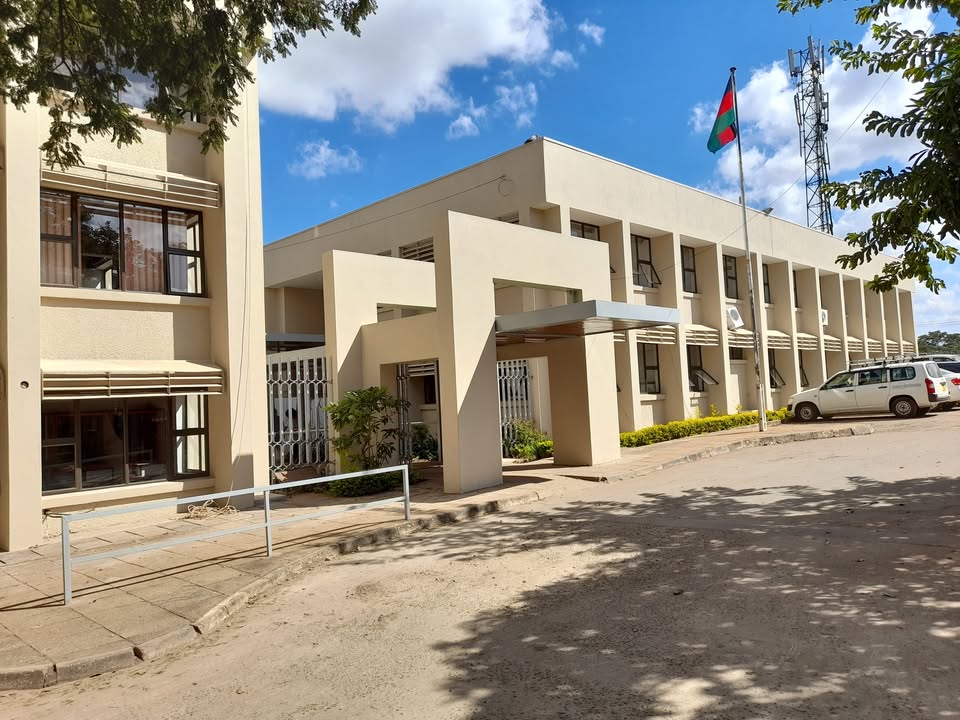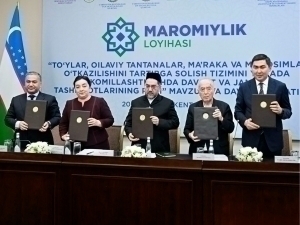Copyright forbes

Digital still from the Miami Fashion Week Digital Fashion show featuring RENE by RR Courtesy of Miami Fashion Week Each year, global fashion watchers turn to fashion capitals like New York, Paris or Milan. However in 2025, Miami Fashion Week did not play catch up, but leaped ahead, positioning Miami as the nexus where technology, sustainability and fashion converge. This year’s October event fused fully virtual fashion shows produced via AI and immersive animation, offering designers global digital reach and audiences worldwide the opportunity to engage remotely. The urgency behind this convergence is commendable as the fashion industry remains one of the largest emitters of greenhouse gases and waste. The traditional model of design-then-produce-then-hope burns through roughly billions in inventory annually in unsold inventory alone. Against this backdrop, the integration of tech and sustainability is imperative. Resonance Companies Reinvent Fashion’s Operating System Product of Resonance Companies AI-powered operating system for the fashion industry using CreateOne Resonance Companies website At the heart of this shift sits CreateOne, developed by Resonance Companies. Executive Chairman and Co-Founder Lawrence Lenihan explained in an interview that traditional inventory-heavy practices have crippled creativity and profitability. He explained that the previous model was built on “Designs, then makes a pile … ship it … pray it sells. That strategy torches billion a year.” CreateOne has reinvented that model, it encodes a designer’s vision as a machine-readable contract, then, only after a purchase is committed, it triggers cuts, prints, stitching and delivery across a network of compliant factories. This “sell-then-make” model eliminates speculative inventory, cuts waste and unlocks creativity previously constrained by risk. Sustainability and prevention of fashion waste is at its core. It introduces traceability at every step as every cut, color and stitch is logged, tied to the specific order. For small brands, this is transformative as they are no longer burdened by minimum orders or unsold stock, they can launch ideas quickly. As Lenihan puts it: “The next Virgil Abloh is some 18-year-old kid living on Discord in his mom’s basement!” Physical AI, he argues, is what happens when design, production and ethics merge. MORE FOR YOU Traceability, customization, and circular production sit at the core of this model. Each garment carries a complete build record, this details who made it, where, when, and how. This level of transparency makes one-of-a-kind drops and limited editions possible without collapsing margins. Every repair, remake, or recycle can be traced back to its original data, turning waste from an afterthought into a valuable input. As Lenihan puts it, “Success is when sell and only then make, becomes the default, and inventory is treated like asbestos: a legacy hazard you remove, not celebrate.” Digital Jewelry Week and the Future of Craft And Tech CEO of Digital Jewelry Week, Dario Rjeili discusses Tracing jewelry tech and transparency at Digital Jewelry Week Contributed by Digital Jewelry Week In parallel to fashion apparel, the jewelry sector is also being re-wired by tech and sustainability. In a recent interview, Dario Rjeili, founder of Digital Jewelry Week, argued that craft, technology and design have always belonged together, but rarely operated in cohesive sync. Through DJW, he is enabling designers to present 3D digital jewels in immersive online environments, eliminating the need for sample-production, travel-heavy shows and physical prototypes. Rjeili believes that by showcasing digital versions of jewelry, the industry can dramatically reduce waste, logistics and carbon emissions. "Presenting 3D files instead of physical prototypes, eliminates a huge amount of unnecessary production.” His vision is inclusive as it gives access to global showrooms, democratised creativity, and heritage craftsmanship amplified by tech rather than displaced by it. DJW’s approach resonates with MIAFW’s wider mandate of sustainability, technology and global accessibility and this synergy was demonstrated during the panel discuss at the MIAFW Summit. Tech, Sustainability And Fashion Represent A Crucial Convergence Panelists at Miami Fashion Week Summit discussing fashion and technology Courtesy of Miami Fashion Week At MIAFW 2025, attendees witnessed this convergence in action. Virtual runways powered by AI, and summit panels which explored the future of production, inclusive design, ethical innovation and intimate digital collections built for immediate sale and delivery. From a sustainability perspective, the math is clear that shifting from forecasting and overproduction to responsive creation, can slash industry carbon, material and logistics footprint. Additionally, democratising creation means unlocking a wider pool of creative talent, diversity of thought, aesthetic and culture expand when financial and logistical barriers fall. Technology enables this by lowering cost and risk. The forecasted result: a more vibrant, meaningful and sustainable creative ecosystem. The story emerging from MIAFW 2025 is powerful, as creativity is at the intersection of technology and sustainability. It proved that this is no longer aspirational. The work of Resonance’s CreateOne and Digital Jewelry Week show what this looks like in real-world terms. Editorial StandardsReprints & Permissions



